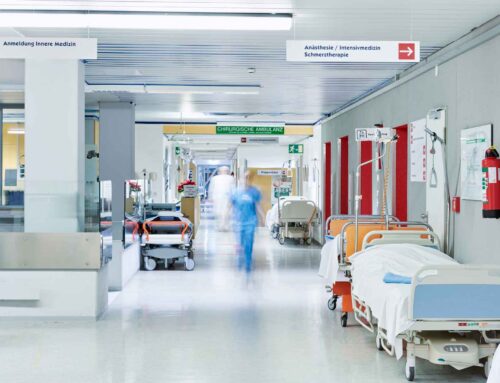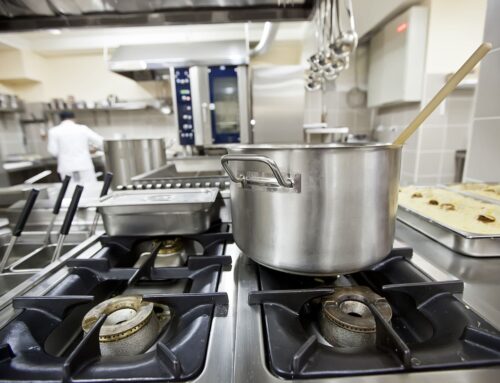Changing filters in ventilation systems – when, why, how?
This blog post provides a comprehensive guide to the care and maintenance of ventilation systems used in various environments, including hotels, industrial facilities, and hospitals. Here are the key points of the article summarized and explained in more detail:
Why is changing the filter so important?
Health and Safety
Filters in ventilation systems are crucial for maintaining high air quality. They remove pollutants, dust, and pollen from the air, which is especially important in sensitive areas such as hospitals and hotels. Clean air ensures the well-being of guests and patients and minimizes the risk of allergies and respiratory diseases. In hospitals, poor air quality can even pose serious health risks, as it can promote the spread of germs and bacteria.
Efficiency and cost savings
A clogged filter forces the ventilation system to work harder to move the same amount of air. This leads to increased energy consumption and can significantly increase operating costs. Regular filter changes help reduce these costs by increasing the system’s efficiency and extending its lifespan. A well-maintained filter ensures the system operates at optimal performance, which can result in significant savings in the long run.
When should the filter be changed?
The frequency of filter changes depends on the system’s usage and environmental conditions. Here are some general guidelines:
- Hotels: Every 3 to 6 months. Frequency may vary depending on occupancy and hotel location.
- Industrial: Every 1 to 3 months. In production environments with high dust levels, more frequent replacement may be necessary.
- Hospitals: At least every 3 months, often more frequently to meet strict hygiene requirements.
How do you change the filter correctly?
Changing the filter is a simple but important process that should be performed carefully to ensure the system’s functionality. Here’s a step-by-step guide:
- Switch off the system: Before starting the change, the ventilation system should be switched off to ensure safety.
- Remove the filter: Open the filter housing and carefully remove the old filter. Be careful not to scatter any dust particles.
- Inserting a new filter: Insert the new filter into the designated holder and ensure that it is firmly seated.
- Turn on the system: Turn the system back on and check that it is working properly.
Tips for proper filter care
To extend the lifespan of the filters and maximize the efficiency of your system, you should regularly remove dust and dirt from the filter housing. A maintenance schedule helps you keep track of filter replacement intervals and ensure that filters are always changed on time.
Conclusion
Regular filter changes in ventilation systems are essential for health, efficiency, and cost savings. With the right tips and a clear maintenance plan, operators can improve air quality and extend the lifespan of their systems. This is especially important in environments where air quality directly impacts people’s well-being and health.


